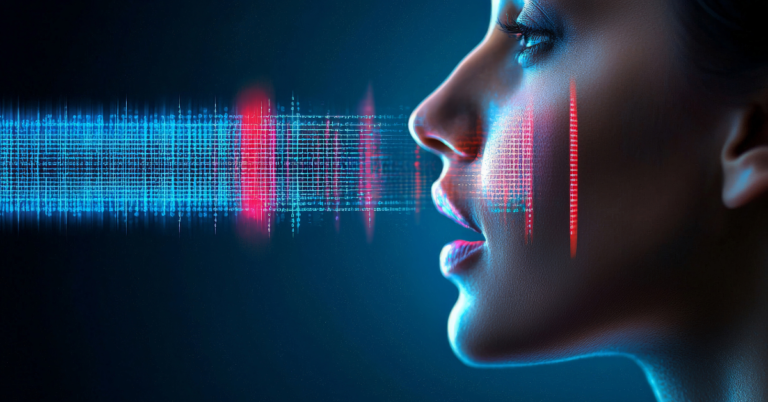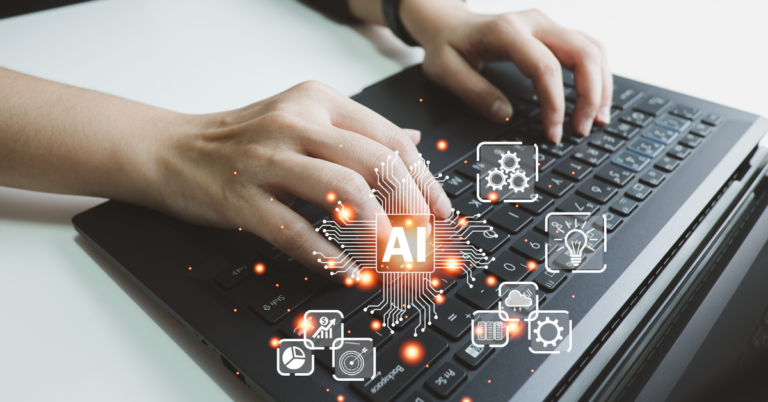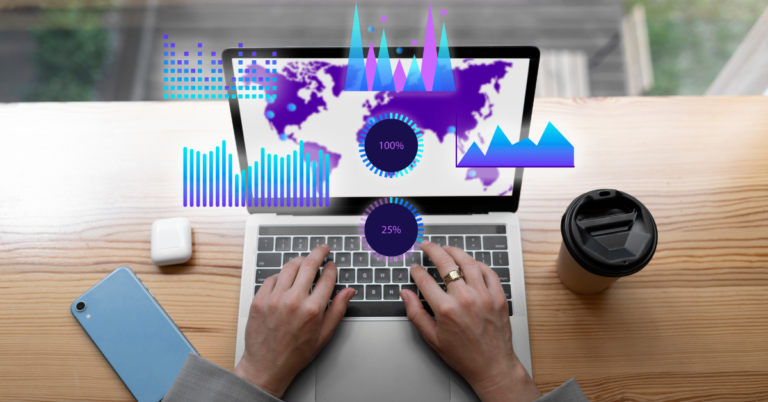The Evolution of Web Design
As technology continues to advance at a rapid pace, the world of website design is undergoing a revolutionary transformation. At the forefront of this change is Artificial Intelligence (AI), which is reshaping how we approach user experience (UX) and interaction design. This integration of AI into website design is not just enhancing aesthetics; it’s fundamentally changing how users interact with digital platforms, creating more intuitive, responsive, and personalized experiences.
The Role of AI in Modern Web Design
AI is no longer a futuristic concept but a present reality in web design. It’s empowering designers and developers to create websites that are not only visually appealing but also intelligent, adaptive, and user-centric. By leveraging machine learning algorithms and data analytics, AI is enabling websites to understand and respond to user behavior in real-time, offering a level of personalization and efficiency previously unattainable.
Key Areas of AI Integration in Website Design
1. Personalized User Experiences
AI algorithms can analyze user data to create tailored experiences for each visitor. From customized content recommendations to personalized layouts, AI ensures that each user interaction is unique and relevant.
2. Intelligent Chatbots and Virtual Assistants
AI-powered chatbots are revolutionizing customer service on websites. These virtual assistants can handle complex queries, provide instant support, and even learn from interactions to improve their responses over time.
3. Predictive Design
By analyzing user behavior patterns, AI can predict what design elements will be most effective for different user segments. This allows for dynamic design changes that optimize the user experience in real-time.
4. Automated Content Creation and Curation
AI tools can generate and curate content based on user preferences and behavior, ensuring that websites always offer fresh, relevant information to their visitors.
Enhancing UX Through AI-Driven Design
Adaptive Interfaces
AI enables websites to adapt their interfaces based on user preferences, device types, and usage patterns. This creates a fluid, intuitive experience that feels natural to each user.
Voice User Interface (VUI)
As voice recognition technology improves, AI is facilitating the integration of voice commands into website navigation, making websites more accessible and user-friendly.
Emotional Design
Advanced AI can analyze user emotions through facial recognition (for devices with cameras) or typing patterns, allowing websites to respond empathetically to user moods.
Predictive Search and Navigation
AI algorithms can anticipate user needs, offering predictive search results and suggesting navigation paths that align with user intent.
Overcoming Challenges in AI-Integrated Web Design
Data Privacy and Security
As AI relies heavily on user data, ensuring robust data protection measures and transparency in data usage is crucial for maintaining user trust.
Balancing Automation and Human Touch
While AI can automate many aspects of web design, maintaining a balance with human creativity and intuition is essential for creating truly engaging experiences.
Accessibility Considerations
As web designs become more complex with AI integration, ensuring accessibility for all users, including those with disabilities, remains a critical challenge.
The Future Landscape of AI in Web Design
Augmented Reality (AR) Integration
AI will play a crucial role in integrating AR experiences into websites, allowing for immersive product visualizations and interactive content.
Advanced Personalization
Future AI systems will offer even more sophisticated personalization, potentially creating unique website experiences for each user based on their comprehensive digital footprint.
Ethical AI Design
As AI becomes more prevalent, there will be an increased focus on ethical considerations in AI-driven design, ensuring fairness, transparency, and user empowerment.
Conclusion: Embracing the AI-Driven Web Design Revolution
The integration of AI into website design is not just enhancing user experiences; it’s redefining them. By creating more intuitive, responsive, and personalized websites, AI is setting new standards for digital interaction. As we look to the future, the possibilities are boundless. Websites will become more than just platforms for information or services; they will evolve into intelligent, adaptive entities that understand and anticipate user needs.
For businesses and designers, embracing this AI-driven revolution is not just an option; it’s a necessity to stay competitive in the digital landscape. The future of web design is here, and it’s powered by AI. Are you ready to create websites that don’t just respond to users, but understand and evolve with them? The journey towards truly intelligent web design is just beginning, and the potential for innovation is limitless.





